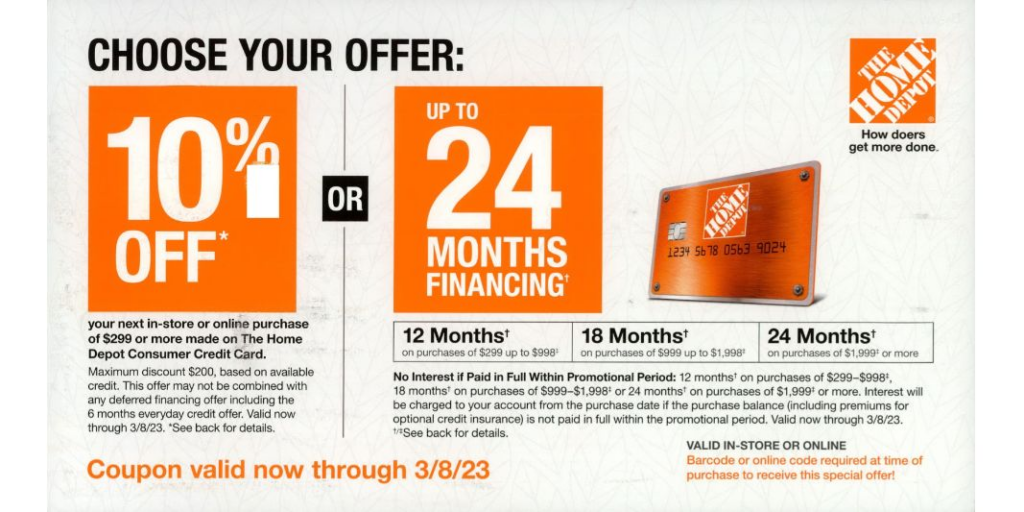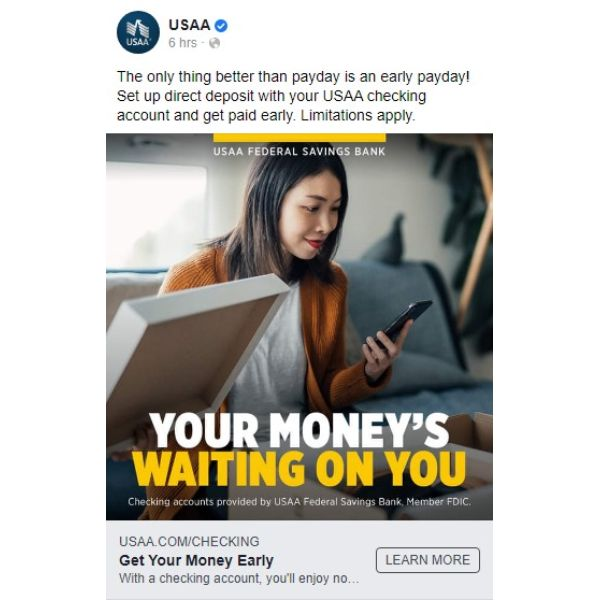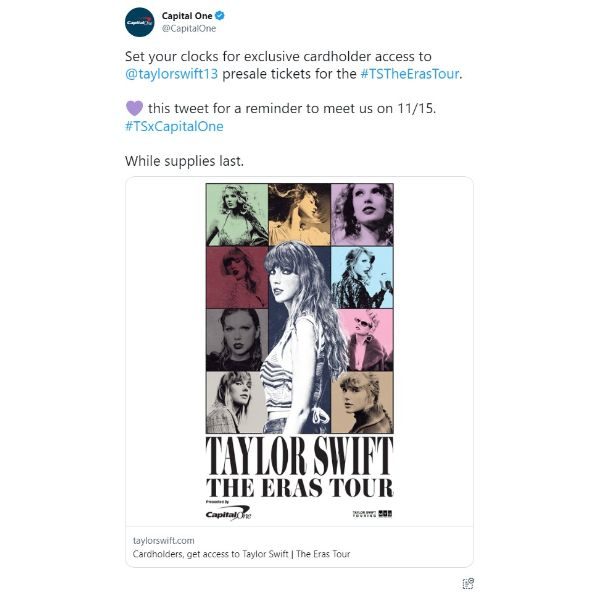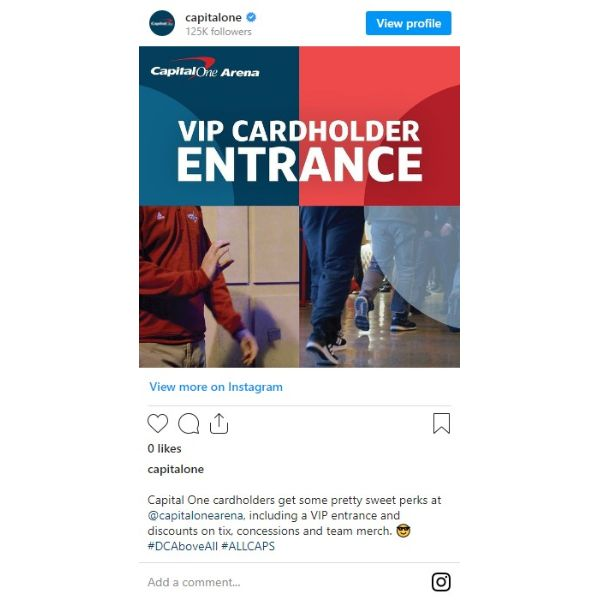Loyalty Marketing: How to stand out when rewards are expected
As consumer awareness of loyalty grows, brands are looking to reach them in unique and meaningful ways. With the vast majority of consumers (77%) expecting to be rewarded for their loyalty, rewards have taken on a new meaning. When financial services brands don’t provide rewards for loyalty, consumers can see it as a disappointment; when they do, it’s nothing special. In order to keep consumers happy with loyalty strategies, brands need to develop tactics that go above and beyond consumer expectations in order to stand out and gain appreciation.
Below are three ways financial services brands can stand out in loyalty marketing:
1. Go above and beyond basic rewards
With consumers expecting to be rewarded for their loyalty, brands needed to find ways not to disappoint. To keep rewards fresh, brands found ways to go above and beyond the basic rewards structure, such as offering a choice in rewards and centering charitable use cases that rewards can go towards.
Brands gave discounts on tangible items and small luxuries, tempting customers with relevant rewards. U.S. Bank’s tactic to offer a discount on fuel chargers serves as a consumer motivator as it directly affects their daily lives. This strategy shows that U.S. Bank effectively understands its cardholders and their pain points in order to encourage loyalty.

Citibank let consumers choose which offer was best for them, putting the narrative back into consumers’ hands by giving them the freedom of choice.

2. Tailor channel strategies
With direct mail getting increasingly more expensive, brands found themselves leaning more and more toward digital channels. Brands making good use of direct mail looked to reach specific consumers with tailored rewards, while more digital channels, such as paid social, were used as both loyalty and acquisition messaging.
Loyalty messaging via paid social allowed brands like USAA to reach a wide range of customers to alert them that they can get paid early if they set up direct deposit with their USAA checking account, allowing the brand to open consumers’ eyes to the rewards possibilities.

3. Create in-person opportunities
According to Mintel consumer data, more than 7 in 10 consumers believe in-person opportunities are an important factor when building loyalty among financial services brands. To facilitate this, brands responded by offering experiential rewards. To go even further, there is an opportunity for brands to offer events at places like bank branches in order to build loyalty and community.
Rather than opting for traditional rewards, Capital One focused on the exclusive experiences that consumers can access through their cards. This opens cardholder’s eyes to the luxury experiences they have access to. Doing so on social media allows non-Capital One customers to see what they’re missing out on.


What we think
As even “above and beyond” rewards get stale and normalized over time, brands need to show that they have consumers’ backs.
Show Don’t Tell: Consumers are accustomed to creatives that tell them the many rewards they are privy to as loyal members of a certain brand. While it can be informative, this approach will soon get stale. Instead of rehashing rewards in a vacuum, brands can show consumers how these rewards will benefit them. This can take the form of centering use cases that rewards can go to, from aspirational messaging centering luxuries like travel, to solving real-life struggles that consumers deal with, such as consistently being able to pay rent on time.
Center the Consumer Journey: As the consumer grows and evolves, brands must find ways to grow and evolve with them. Consumers won’t be looking for the same rewards later on in their journey as they did in the beginning. Brands can keep loyalty messaging fresh by not only cross-selling updated products but also evolving the rewards a consumer receives from a single product, allowing these to change over time through tiered programs. Brands must walk the fine line between keeping rewards fresh and not overwhelming the consumer with constantly changing information.
Want to learn more? Contact us today for more information on your competitor’s loyalty strategies and marketing spend.



